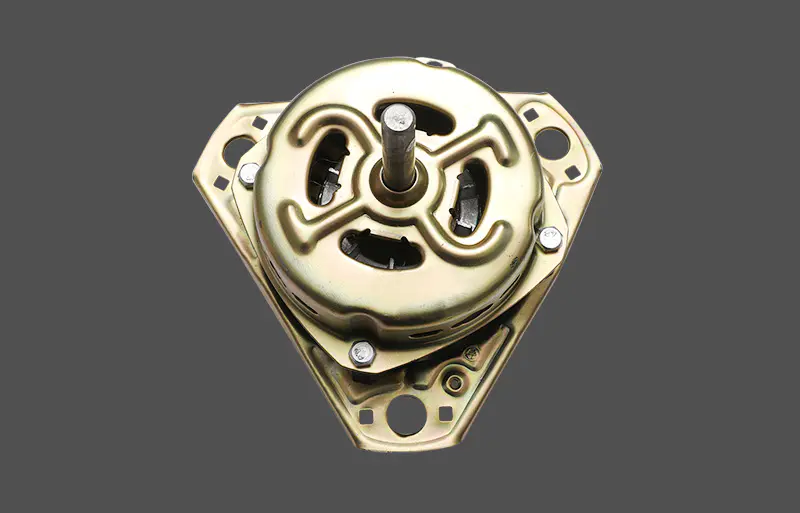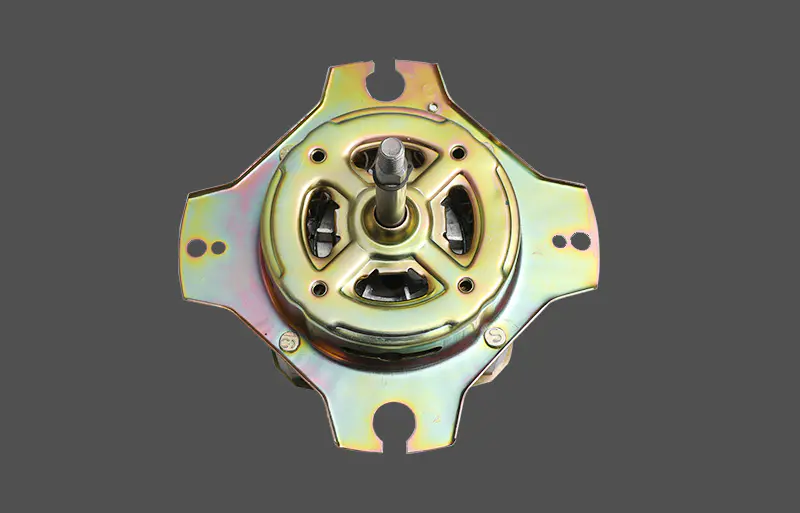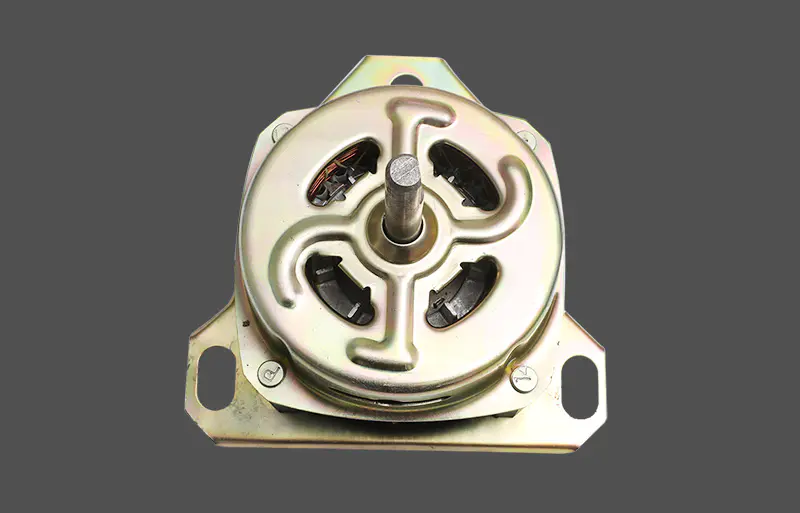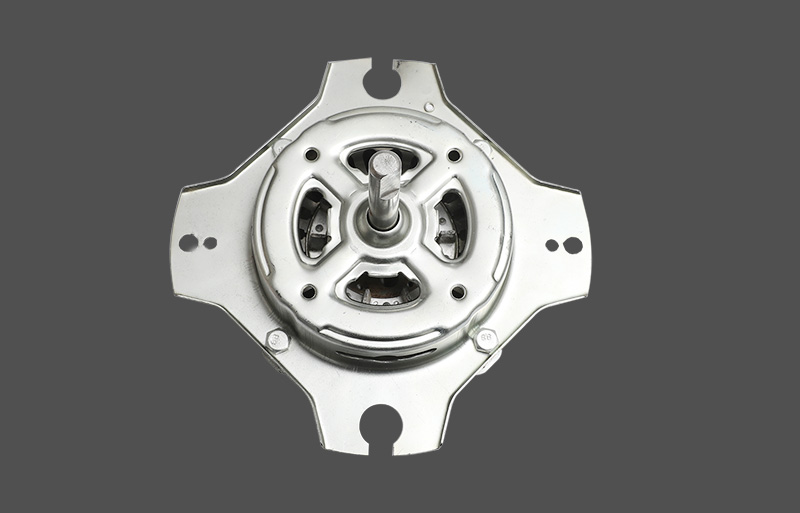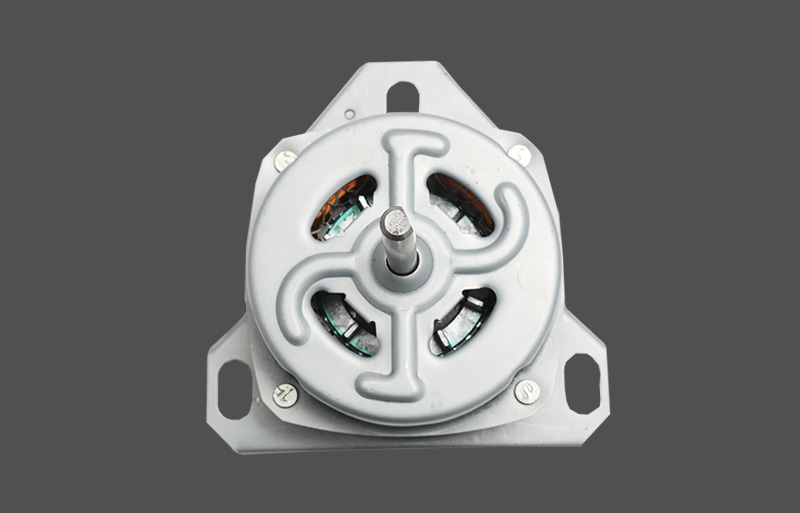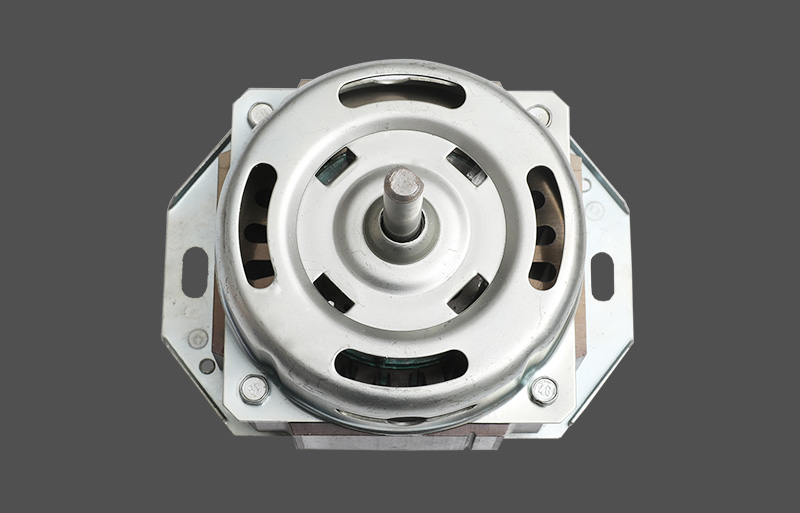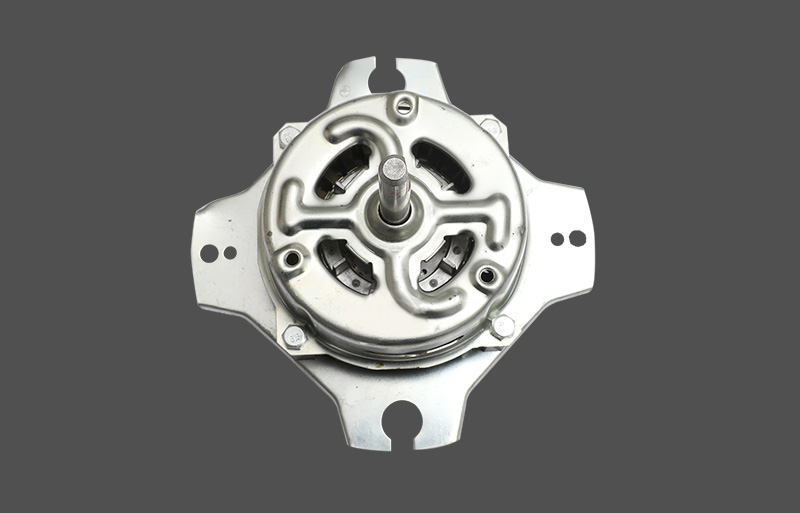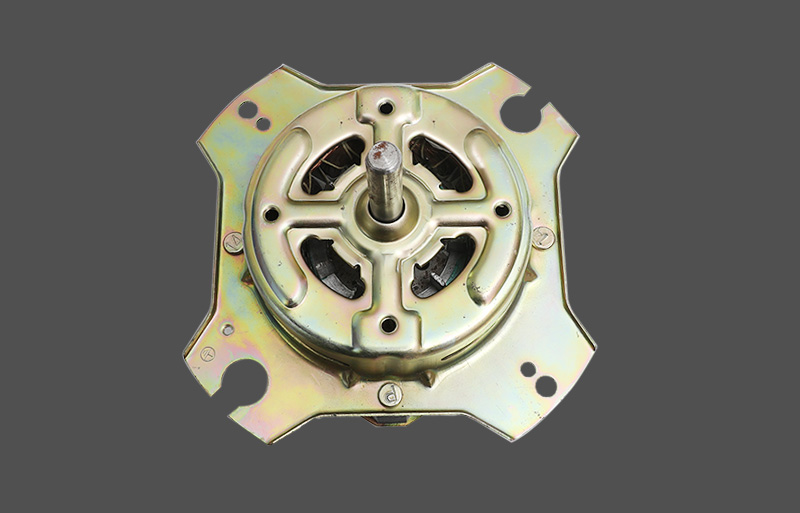The normal operation of the washing machine motor relies on the generation and control of magnetic fields. From a professional perspective, we will discuss in detail the mechanism of magnetic field generation in washing machine motors, involving electromagnetic induction, winding structure, permanent magnets and dynamic control of magnetic fields.
Electromagnetic induction:
The magnetic field generated by the washing machine motor is based on the principle of electromagnetic induction. The windings inside the motor are excited by current to generate an electromagnetic field. In a washing machine motor, these windings are typically located in the stator (the stationary part), and current flows through the windings, creating a magnetic field around them. The generation of this magnetic field is based on the principles of Ampere's law and the right-hand rule. Through the flow of current in the winding, a magnetic field is generated and formed along the direction of the winding.
Winding structure:
The winding structure in a washing machine motor plays a key role in generating the magnetic field. Windings generally use materials with good electrical conductivity, such as copper wire, to ensure that current can flow quickly and smoothly. The shape and arrangement of the windings also affects the formation of the electromagnetic field. Typical winding structures include slot windings, split-slot windings, etc. These designs can improve the uniformity and efficiency of the electromagnetic field.
The role of permanent magnets:
In some washing machine motors, permanent magnets are used to enhance the electromagnetic field. Permanent magnets usually use strong magnetic materials, such as permanent ferrite or neodymium iron boron. They are placed in the rotor part (the rotating part) of the motor and interact with the electromagnetic field excited by the current on the stator to produce a rotational torque. This configuration increases the efficiency and responsiveness of the motor while reducing energy waste.
Dynamically control the magnetic field:
During different working stages of the washing machine, the magnetic field of the motor needs to be dynamically controlled. This is usually accomplished by controlling the direction and magnitude of the current. During the washing phase, the motor may need to generate a moderate magnetic field to drive the stirring motion. During the dehydration stage, the motor may need to increase the strength of the magnetic field to increase the speed. This dynamic control is usually achieved through electronic speed regulation technology to ensure that the motor can work stably and efficiently under different working conditions.




